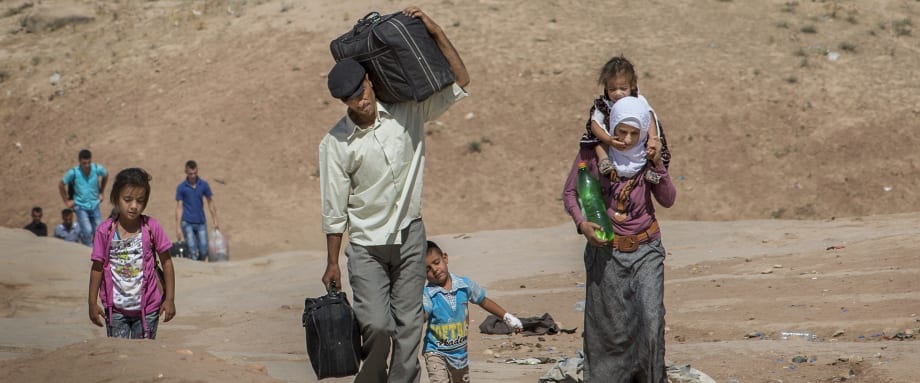
Vulnerability and exploitation along the Balkan route: Identifying victims of human trafficking in Serbia
A dramatic influx of migrants and refugees have moved through the Balkans (often referred to as “the Balkan route”) in recent years in their attempt to reach and resettle in the European Union (EU). This has involved migrants and refugees from Syria, Iraq and Afghanistan as well as various countries in Africa and Asia. Many of these migrants and refugees are exposed to different risks, vulnerabilities and exploitation at different stages of their journeys, including, in some cases, human trafficking. And yet, to date, there is little empirical evidence of when, why and how vulnerability to human trafficking arises in mass movements of migrants and refugees, nor how to identify and assist trafficking victims within migrant and refugee populations.
Undertaken in collaboration with the Fafo Institute and Serbian NGOs Atina and Centre for Youth Integration (CYI), this project explores the different ways in which refugees and migrants become vulnerable and are subjected to human trafficking while en route or in transit in Serbia. The project also considers challenges and barriers to their formal identification and assistance as victims of human trafficking. This project will increase the knowledge and evidence of risks to and experiences of human trafficking among migrants and refugees to improve policy and programmatic responses in the fields of migration, asylum and human trafficking.
